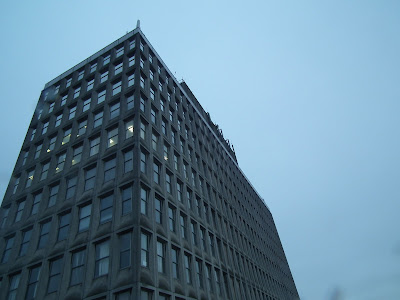This photo is an example of the decisive moment. It catches someone at a moment where they are doing something, but with these photos, if it was taken a moment before or after it would either be a bad photo or he wouldn't even be in it. I think that the decisive moment is really good as it looks like it wasn't framed, I can't know if this was or not but with some of his others you can tell, like the one below this, you can't get the pigeons to fly back to where they were previously.
This is another example of the decisive moment by Henri Cartier-Bresson. I really like this because if it was taken a moment later or earlier it would be quite a plain photo. When comparing to Sally Mann, I would say they are only similar in that they both contain people and they are both black and white. In my opinion although Henri's photographs are framed very well and are taken perfectly, I prefer Sally's work.
This is an example of Sally Mann's work, it is from the collection 'Family Pictures'. These photographers aren't very similar in styles, I personally think that Sally Mann's work is better because there is more emotion in them. I also like the depth of field more in Sally Mann's photographs. Henri Cartier-Bressons photographs are good because of the decisive moment, but I am personally drawn to Sally Mann's work more.
This photograph is by Don McCullin, This photograph is quite morbid and it is an example of the decisive moment. I think this is a very well taken photograph that was framed well and I really enjoy his work, it shows a very powerful message because we don't get to know what happened for him to be in this position and what happened after. If this photograph was taken a few seconds after the man with the gun to his head could've been on the floor.

















































